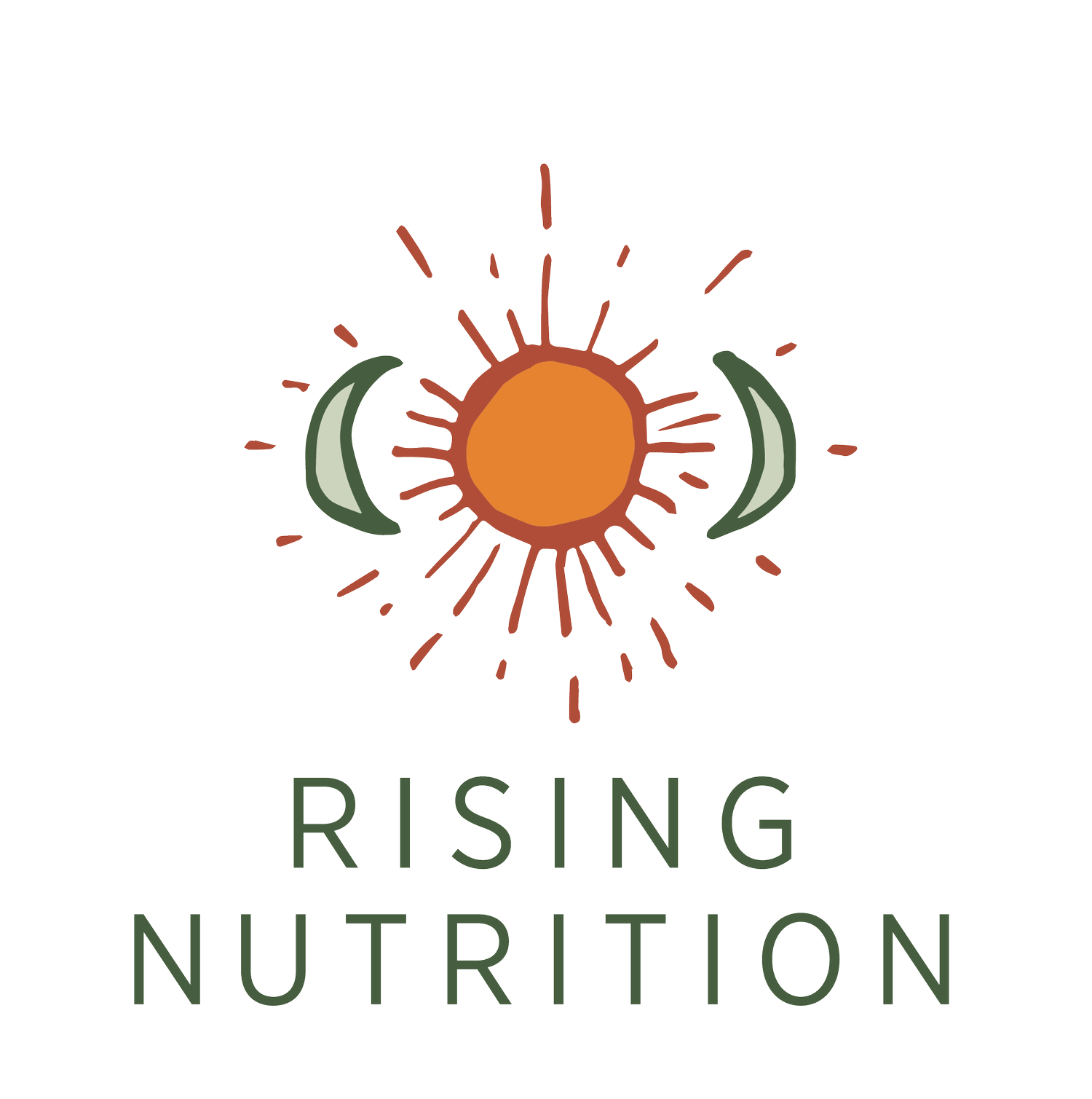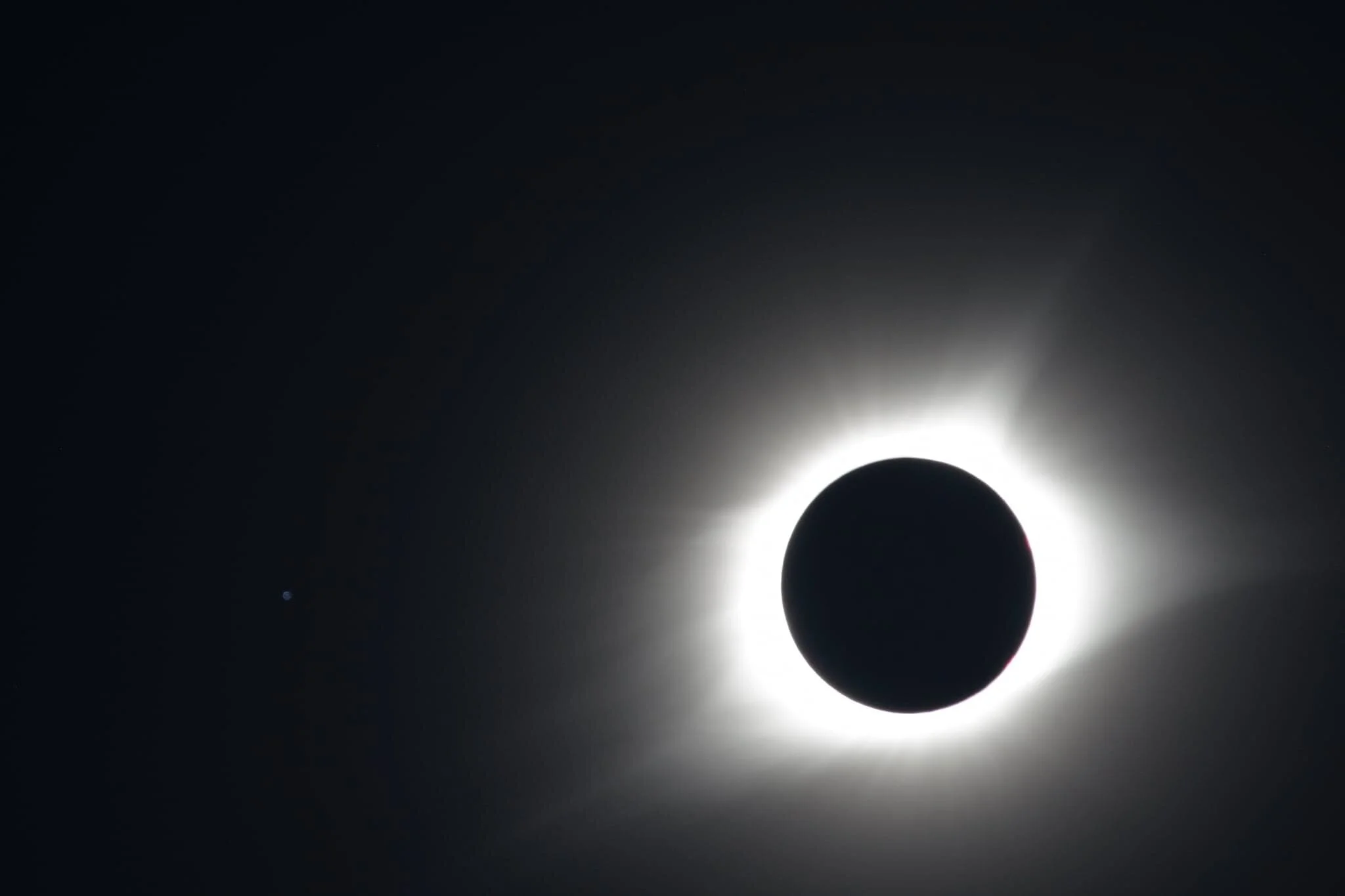The Rhythm of Life
The Rhythm of Life = Balance
How do we make the connection of life through natural rhythm?
Natural rhythms guide all that we do. We all know this. It is deep in our DNA and ancestral beliefs and it has also been proven in recent years with the discovery of our peripheral clocks as well as our master clock the Suprachiasmatic nucleus or SCN found in our brain. Such a cool word, right?
When I travelled to Peru I re-discovered this rhythm. The Incas believed that everything in and around our world was connected, with the Sun and Moon revered as Gods. The most crucial events for the Inca generally involved the rising and setting of the sun, moon, and stars. I really resonated with the story of the Incas, every evening you could not help but gaze up into the starry night sky, which is nothing short of magical.
The moon is the most beautiful and gratifying object in the sky to observe. I like to follow the cycles of the moon (monthly timing). It's different every day yet it is also the same; we see more or less the same half of the same face all of the time. It's big and bright. As the faces change inexorably day after day the angle of sunlight hitting the surface changes which brings new things into our view. The motions become comforting even familiar. It is a reminder that the universe may seem strange and complicated and forbidding at first but over time as you get outside and experience it becomes your neighbourhood. The moon resonates with us in many ways; in our life as well as nature; time, tides and light, I call it the lunar clock which further shapes the biological rhythms of life. The moon has different phases and that occurs roughly every 7.4 days over 29.5 days. Living life in keeping with the lunar phases has a special meaning to women but more of that later. So what about the motion of the sun?
Circadian Rhythm’s are internal systems, mimicking the 24 hour a day sun cycle, that can be sensitive to changes and effected when we travel to other parts of the world with different time zones. To modulate our circadian rhythms is to follow environmental cues such as sunlight and temperature. It is an important pattern for humans and animals to determine sleep and feeding times. There are clear patterns of brain wave activity, hormone production, cell generation and biological activities that are linked to the daily cycle.
A 2018 Study at the university of Basel revealed that circadian rhythms are also present across many cell processes in our bodies, such as liver, kidney and heart functions. The Mitochondria, a small organelle that exist and supplies energy to almost all of our cells, plays an important role in these cellular processes and metabolic energy regulation The Basel study shows that the mitochondrial network loses its rhythm if the circadian clock is impaired, which causes a decline in energy production in the cells.
Circadian Rhythms also impact our microbiome, digestive ability and insulin secretion. The circadian clock operates as a critical interface between nutrition and homeostasis.
Sleep also changes your hormone balance and your response to insulin and changes how your body responds to nutrients, exercise and stress. The less sleep you get the higher your cortisol, more hormone issues, weight gain and increases stress as well the effects of your immune system. A small new study suggests that a weekend of camping could be enough to help reset the circadian rhythms that are keeping us awake.
As a women we also have our moon cycles: The Follicular Phase and the Luteal Phase, in these two phases we have different hormones that affects are physiology. Being aware of which phase you are in can give you an understanding of why some days you want to go hard at the gym and the next week you’re pretty keen on yin yoga or meditation. Women more than men are affected by the daily and monthly cycles that guide our energy, moods and sleep when our rhythms are in sync, life flows easily. We have more energy and view everything in a better light.
If we are all in tune with our rhythms of nature and honour the cycles of life, nature and our bodies, we can keep our circadian rhythm healthy.
How do I get here? Feel the rhythms, connect to nature, listen to it, go camping. Get up with the sun, notice the phases of the moon, tune into the natural cycles. Connect. Walk on the beach with no shoes, leave your phone at home, and breathe some big deep breaths of gratitude.

